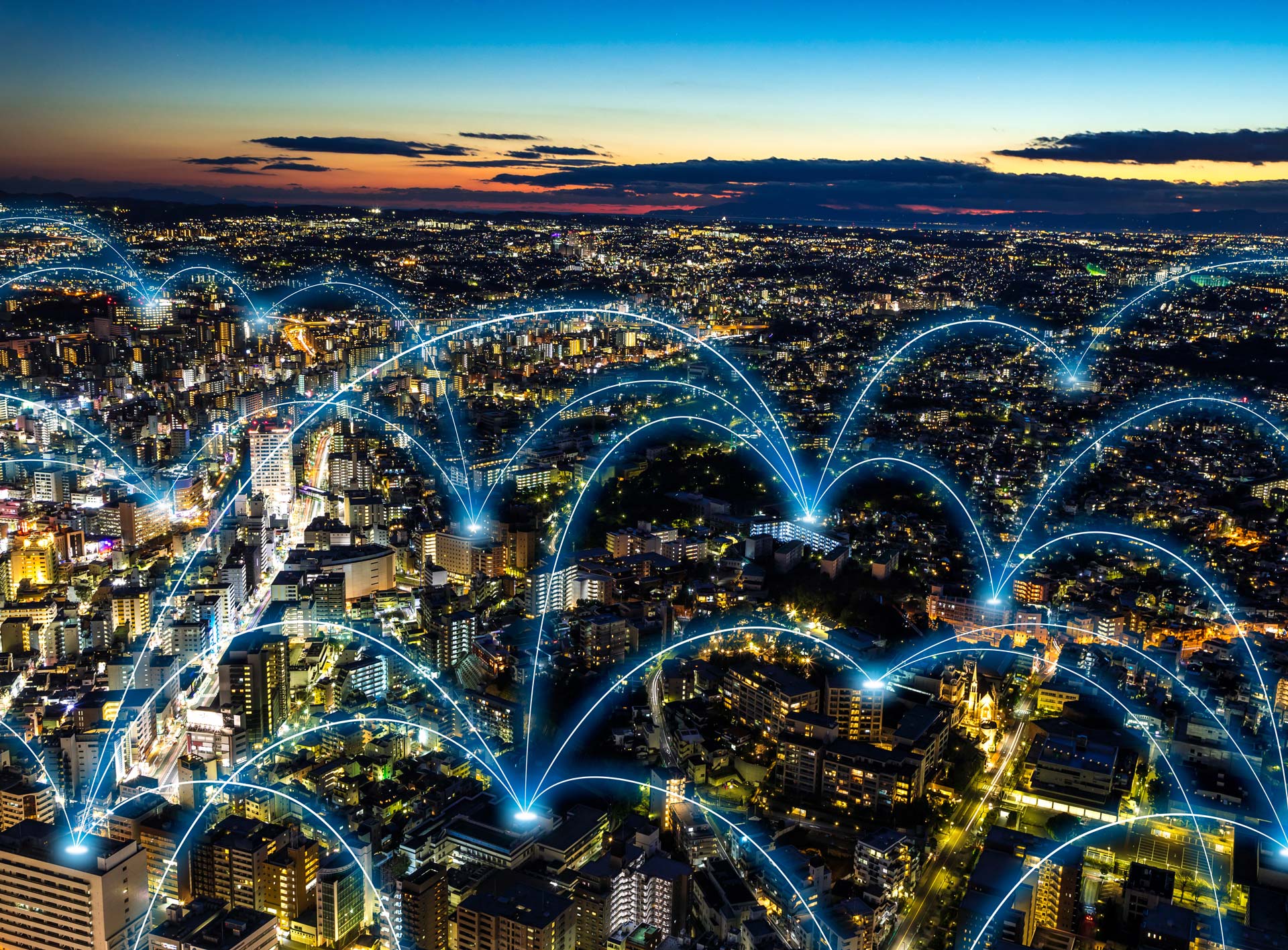
The power consumption of technology is set to climb dramatically over the next few years unless nothing is done, according to Partha Narasimhan, CTO of Hewlett Packard Enterprise subsidiary Aruba.
Speaking at Aruba’s EMEA Atmosphere 2019 event, Narasimhan warned that the number of connected physical devices, each of which draw their own power, is set to grow significantly.

Access deeper industry intelligence
Experience unmatched clarity with a single platform that combines unique data, AI, and human expertise.
This is in part because many networking technologies are shifting from single centralised devices to a network of smaller devices, as is the case with WiFi and 5G, and other technologies are driving the creation of new devices, such as the internet of things (IoT).
“If you don’t do anything then the power profile is just going up, because the infrastructure is getting denser, the radios are getting higher in number, and they all need power,” said Narasimhan at a press conference today.
However, not all of these devices will need to be active all of the time, creating the potential for solutions, such as those being developed by Aruba, to mitigate the oncoming surge in technology power consumption.
“The realisation came from the fact that access points are running 24/7, but the user density and the traffic density fluctuates throughout the day,” he said.

US Tariffs are shifting - will you react or anticipate?
Don’t let policy changes catch you off guard. Stay proactive with real-time data and expert analysis.
By GlobalData“If it’s an office space, most of the usage is during daylight hours. If you’re in a college, for residents of a dormitory it will be the opposite.”
How automation can help technology power consumption
Organisations already have the option to offset growing power consumption by turning devices on and off in response to peak use times. But at present this is clunky, and requires significant human effort.
Aruba is now working on automated solutions that monitor and respond to WiFi demands, reducing the number of access points when fewer are required.
“We’re now saying: how do I offset that? Can I now adjust my power profile so that overall the consumption goes down?” said Narasimhan.
“Because we’re just getting more intelligent about when the power draw needs to be higher.
“Infrastructure automatically senses and if you have some event where the usage changes on that particular date as an exception, you can sense that and automatically response appropriately.”
Read more: 364 million homes could soon have multi-AP WiFi







